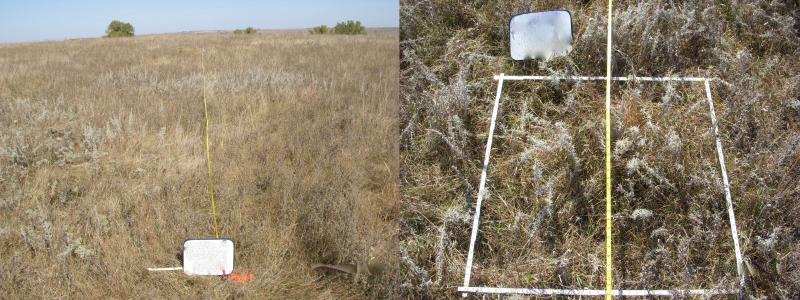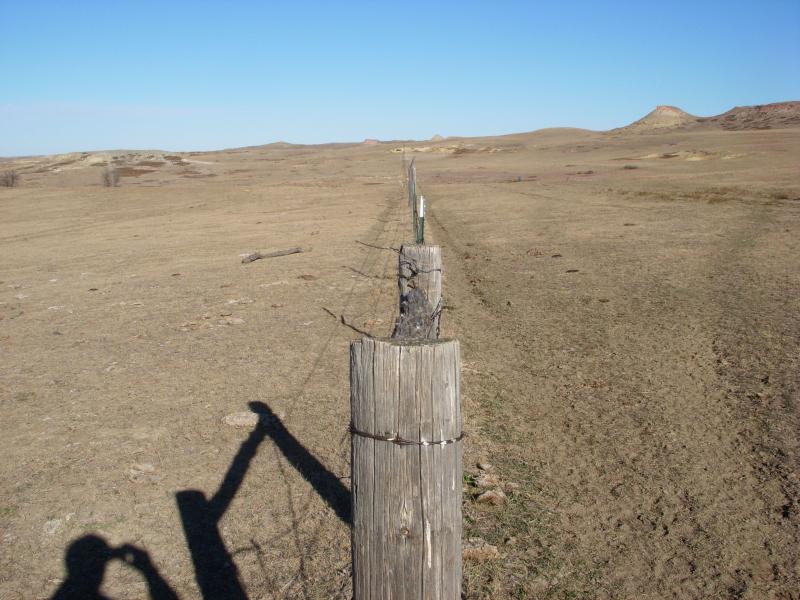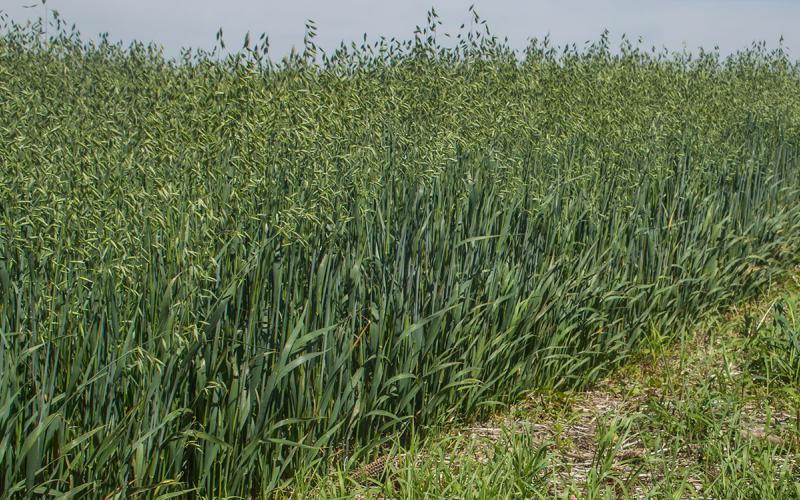Drought is here for many ranchers across South Dakota. Cattle are heading to salebarns as ranchers are running out of grass and feed or they are shipping cattle to the extreme Southern counties of South Dakota where grass conditions and feed reserves are in better shape. During this stressful time, ranchers are faced with many critical decisions. Do they purchase hay and feed through the drought? Do they reduce stocking rates and sell cow/calf pairs and yearlings? Do they wean calves early? Do they dry lot our breeding animals? Do they supplement the forage available? How are they going to market their animals? All are very important decisions with their own financial implications unique to every ranch and must be carefully evaluated. However, as these questions are addressed, a ranch manager must try to ensure the natural resources of the ranch are also taken care of.
Drought Management Tips
Just as every factory needs a sturdy and healthy foundation to be sustainable, a ranch manager must keep a watchful eye on the natural resources of the ranch during drought. The natural resources are the foundation for all other perspectives of a ranch. Other ranch perspectives may include: production, financial, customers, and quality of life. The natural resources to a large extent also set the boundaries for each of the other perspectives on a ranch. The natural resources determine the number of cattle that can be stocked or the number of wildlife that can be sustained, as well as the amount of forage crops or hay that can be produced. Striving to maintain the rangeland resources in the best condition as possible through a drought will be crucial for a fast recovery when conditions improve.
Vegetation Cover
Since nearly all the forage growth for this year has occurred, a ranch manager must try to maintain some vegetation cover on the soil surface to help aid in restoring soil moisture as quickly as possible when rain returns.
Leaving adequate vegetation cover in the pasture will increase the water holding capacity and infiltration rate into the soil profile and reduce runoff from heavy precipitation events (Figure 1). Consequently, the soil moisture will be restored more quickly versus a pasture grazed to bare ground (Figure 2). Ranch managers should strive for at least 50 to 60% organic material cover on the soil surface and at least 4-6-inch residual stubble height for native grasses.


As stated by Wayne T Hamilton (2003) in paraphrasing Dr. E.J. Dyksterhuis (1951): “The man who has a short pasture needs a rain much worse than his neighbor who has ample forage on the range. But, when the rains come, it will do the least good for the fellow who needs it most.”
Although some areas of extreme Southern South Dakota have been blessed with adequate precipitation so far this year, ranchers in these areas need to be thinking about drought conditions and making sure drought plans are up to date. Resources are available to help assist developing drought plans. The South Dakota NRCS also has a Drought Tool which is an excellent management tool that may assist ranch managers during drought conditions.
The Bottom Line
A ranch manager must be flexible and adapt to resource conditions during a drought. Rangeland health and drought plans are priorities; a ranch manager must try and make other perspectives of a ranch adapt if the ranch’s vision includes long-term sustainability and profitability.
References:
- Dyksterhuis, E.J. 1951. The use of ecology on rangeland. Journal of Range Management 4:319-322.
- Gates, R. 2013. Developing Trigger Dates for Drought Contingencies.
- Hamilton, W.T. 2003. Drought: managing for and during the bad years. Pages 133-152 in C.A. Forgason, F.C. Bryant, and P.C. Genho, eds. Ranch Management; Integrating Cattle, Wildlife, and Range. King Ranch, Kingsville, TX.


